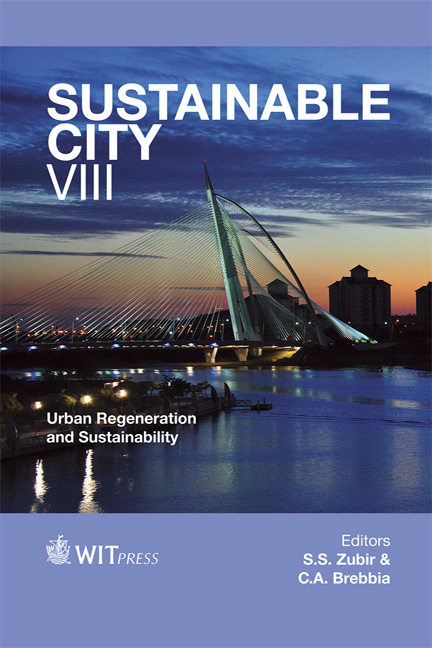Modelling Parking Based Trips
Price
Free (open access)
Transaction
Volume
179
Pages
10
Page Range
1067 - 1076
Published
2013
Size
861 kb
Paper DOI
10.2495/SC130912
Copyright
WIT Press
Author(s)
A. Levashev, A. Mikhailov & I. Golovnykh
Abstract
Nowadays, Russia is going through an era of rapid growth in private car ownership. This has resulted in new trends in Russian transportation planning practice. Previously in the USSR, private car ownership accounted for ten percent of the total passenger flow divided by the car occupancy. However, the rapid growth of private car ownership is only one aspect among many other significant changes in Russian socio-economic life. Consequently, Russian transportation planning has been challenged immensely. It is becoming necessary to forecast private car usage taking into account reasons for different journeys. Unfortunately, there are no current statistics in Russia that describe what we have defined as trip generation rates of different object types. Statistics collected during the Soviet era is included in urban planning manuals, but now this data is completely inconsistent with the current situation. The Transportation Laboratory of Irkutsk State Technical University launched regular investigations into the main indices of trip generation. The estimation of parking demand generation and parking accumulation is very laborious. In order to make parking surveys more effective the Laboratory proposed to collect video records from the security cameras of the parking facilities. The objective of the survey is to calculate the numbers of arriving and departing vehicles for each defined time period. The mathematical formula used to calculate parking duration is equal to the OD matrix estimation from traffic counts. The application of this method allows for the collation of all basic data, which is essential to calculate and forecast all factors of parking statistics. That makes possible to develop aggregated and disaggregated transport models including trip generation rates caused by different land use patterns, to plan shared parking and establish tariff policy applied to different parking lots. Keywords: parking facility, parking demand estimation, parking duration.
Keywords
Keywords: parking facility, parking demand estimation, parking duration.





